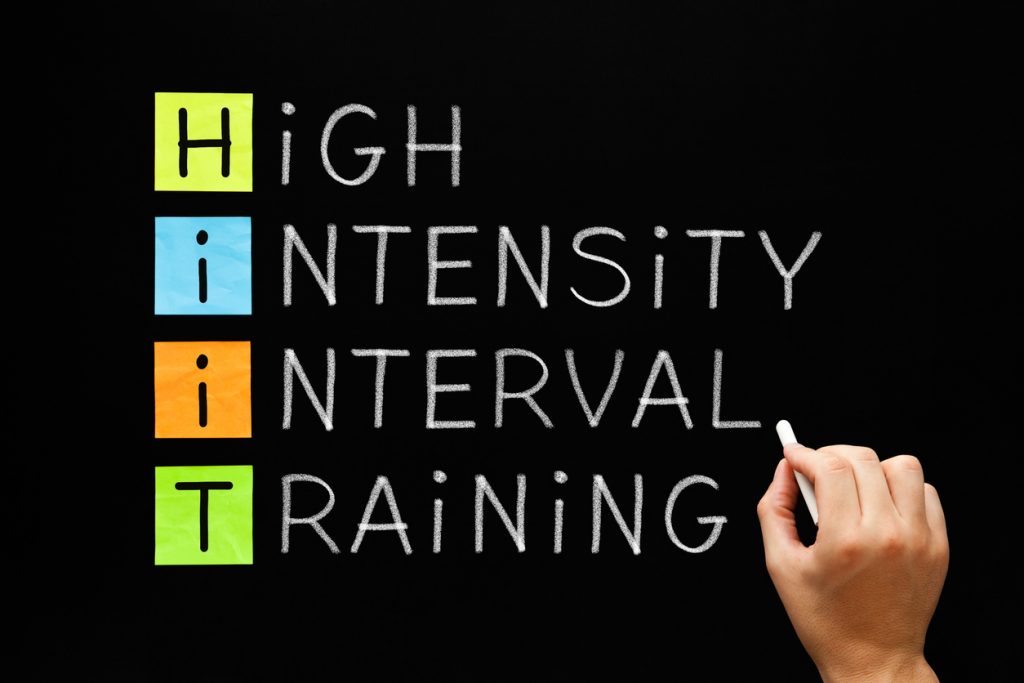Establishing the right training program is not always easy, especially for beginners. This choice is even more difficult, as there are several forms of bodybuilding routine. The full body is one of them, one of the most reliable and complete alternatives in weight training.
The full body is a workout that seems to appeal to beginners and experts alike. But what is it really?
The full body and other routines
The full body, also known as generalized circuit training, is a training routine. In total there are three types of routines, the full body, the half body and the split routine.
The split routine is one of the most popular workouts. It consists of focusing on different muscle groups in each session. That is, if you train three times a week, these three sessions will focus on different muscle groups.
The half body splits the work of the body into two rather than several muscle groups. One part of the training programme will focus on the upper body and another part on the lower body.
As you can see, the full body consists of working the whole body in one session. That is to say that each session will include exercises for each muscle group to be worked.
Why choose the full body
The full body has several advantages that should be taken into account when setting up your training programme:
- The work is complete
Working the whole body is probably the main advantage of this form of training. The fact that all muscle groups are worked in one session ensures that the body is well balanced. This is beneficial both mechanically and aesthetically.
- Drying out a session is not a penalty
In split training, missing a session creates a gap in the training, as each session corresponds to a specific muscle group. In full body, the complete workout does not make missing a session penalizing at all. Because you have already worked the whole body in the previous session, or you will work the whole body in the next session.
- Learning the movements is accelerated
For those who are just starting out, it is important to know how to execute the movements well. But to do this, the exercises must be repeated several times. In split training, an exercise is repeated at most twice a week. In full body, it will be up to four or five times a week.
- Your weekly schedule is less busy
In full body the sessions vary between two to three times a week, most of the time it's Monday, Wednesday and Friday. In split training, however, if you want to achieve optimal results, you will need to train almost every day. The full body allows you to have more free time.
Risks in full body training
Despite these advantages, there are still some risks involved in choosing the full body. However, all bodybuilding routines have drawbacks. It is important to see which routine might work for you.
- It is difficult to develop a specific muscle group
When you want to focus on a particular muscle group the full body is not at all suitable. Then you need to start looking at isolation exercises and not just core exercises.
- Concentration fades through the exercises
Full body workouts involve a combination of various exercises. It is important to maintain the same intensity during the workout, but with fatigue and the difference in movements one may find oneself rushing through the last few exercises. As a result, muscle groups in the final exercises may be neglected.
This is a problem especially for those who are beyond the beginner stage, and whose strength development and mass gain will then require greater intensity and attention.
- Full body sessions are long
Including all the preparation including warm up and stretching, full body sessions can take several hours. If in split it will not exceed 1h30 in full body you can reach up to 3h of training session. We always advise not to exceed 1h30 of training!
- Recovery can become problematic
When you reach a certain level, it starts to become extremely tiring to do several multi-joint exercises in one session. This is because the exercises become more intense as your level increases and your muscles develop. Thus, fatigue will be more important than the possibility of recovery.
Who should do full body training?
It is important to clarify who should be doing full body training, as each routine is aimed at a specific group of exercisers:
- Those with tight schedules
If you can only make it to the gym once or twice a week, this workout is perfect for you.
- Those new to weight training
As you can see, for beginners, the full body is the best possible training. An accelerated learning of the right gestures and a complete work of the body, what more could you ask for.
- Those who like intense workouts
The variation of the full body for the experienced is HIIT (High-Intensity Interval Training). This is a workout for those who like to push their limits in order to optimize caloric loss.
How to set up a full body program?
The choice of routine is essential for good progress. The factors to consider are generally the level, the expected result and the availability.
In order to facilitate the learning process, here is an example of a beginner's routine with which you can progress:
- Training frequency: every 3 days
- Duration of routine: 4 to 6 months depending on progression
- Sets per exercise: 2 to 3 sets
- Recovery time: 2 minutes
The exercises that make up the workout are:
- 3 sets of 12-15 crunches
- 2 sets of 8-12 bench presses
- 2 sets of 8-12 dumbbell butterflies
- 2 sets of 8-12 chest presses
- 2 sets of 8-12 horizontal pull-ups
- 3 sets of 8-12 dumbbell shoulder presses
- 3 sets of 8-12 curl
- 3 sets of 8-12 triceps pronation grip pulley
- 2 sets of 8-12 squats
- 2 sets of 8-12 leg extensions
- 3 sets of 12-15 Leg Curl Ischios
- 3 sets of 12-15 calf extensions
This model is only there to facilitate your first steps, according to your progression you will be able to modulate your training program. Remember, the effectiveness of a workout depends not only on its quality, but also on nutrition and respect for rest periods.



















